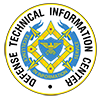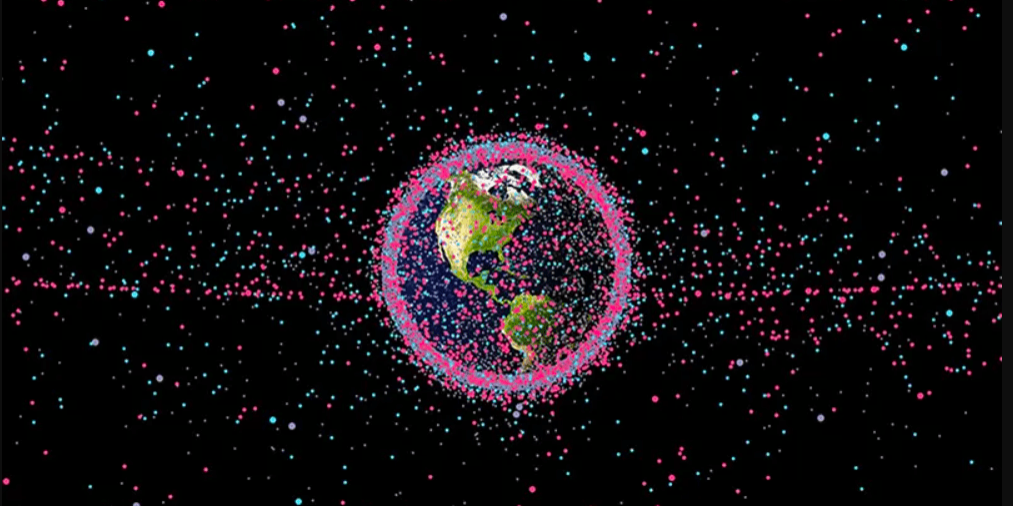Space is becoming more crowded every day, with over 11,000 active satellites and nearly 40,000 pieces of debris in low Earth orbit. But Los Alamos National Laboratory has just demonstrated a new, patented technology called Extremely Low Resource Optical Identifier, or ELROI, that gives the space research community an innovative way to track satellites and avoid costly collisions.
“With all these objects flying around at more than 17,000 miles per hour, it is vital to avoid collisions,” said David Palmer, scientist at Los Alamos and lead on the ELROI project. “When two space objects collide, they can release thousands of fragments, each of which might hit other objects, causing a chain reaction that can fill orbital space with debris and destroy the satellite systems we rely on.”


